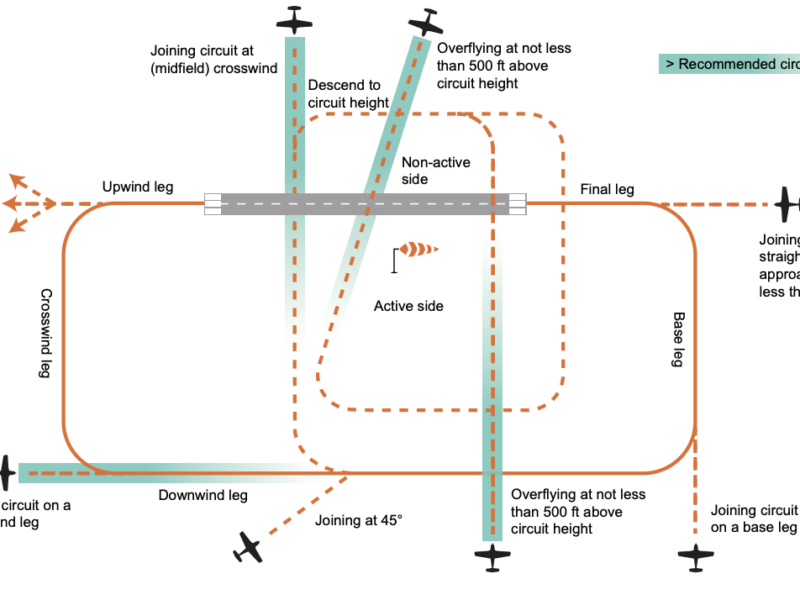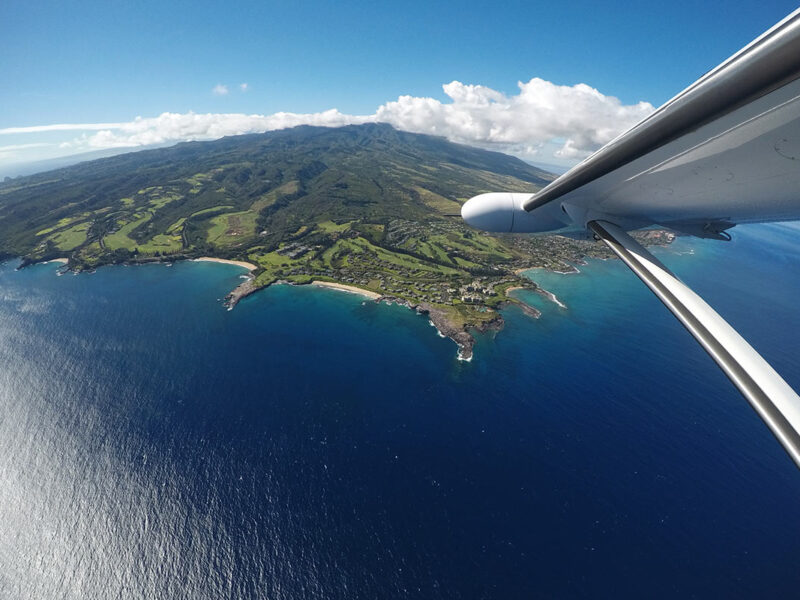Take a look a the map that I photoshopped the other day as a reference. Today I’m going to talk about the different classes of airspace around Buttonville.
There are actually 5 classes of airspace around Buttonville, but you can only see four of them on my map.
Lets start off with what you can see and I’ve highlighted.
Class Charlie
Class “C” (or Charlie) airspace is the most common (I think) airspace in and around Toronto.
Rules:
– You must have a radio
– You must have a transponder
– You must have clearance before entering the airspace
Services offered:
– Conflict resolution upon request (help with not colliding with anyone)
– Air traffic information (who is where)
For VFR flight inside class charlie you must be 500′ below any cloud and 1 mile horizontally away from cloud. 3 miles of visibility minimum.
Class Delta
Class “D” (or Delta) airspace is found around some of the more active smaller airports in the area.
Rules:
– You must have a radio
– Transponder only in designated areas
– You must establish radio contact before entering (you dont need to ask to enter, just let them ATC know where you are)
Services offered:
– Conflict resolution conditions permitting (if the controller has time to)
– Air traffic information
For VFR flight inside class delta you must be 500′ below any cloud and 1 mile horizontally away from cloud. 3 miles of visibility minimum.
Class Echo
Class “E” (or Echo) airspace is found around only at the Downsview control zone. I have no idea why.
Rules:
– Transponder requred in designated areas
– Radio optional
– No clearance or radio contact is required before entering.
Services offered:
– Air traffic information conditions permitting
For VFR flight inside class echo you must be 500′ below any cloud and 1 mile horizontally away from cloud. 3 miles of visibility minimum.
Now for the items you cant see on my map.
Class Foxtrox
Class “F” (or Foxtrox) airspace is also known as restricted airspace. There are specific rules governing the use of that airspace. The closest location of Class Foxtrot space is located north of the Oshawa aerodrome. It is reserved for flight training.
Class Golf
Class “G” (or Golf) is located “everywhere else” and is also known as unrestricted airspace. This is the area where no other classification is given below 18000′.
Rules:
– None
Services offered:
– Flight information and alerting (weather, flight planning, etc..)
For VFR flight inside class golf you must be clear of all cloud and 2 miles of visibility minimum below 1000′ AGL. Above 1000′ AGL you must be 500′ below any cloud and 2000′ horizontally away from cloud. 1 mile visibility minimum.
Phew! I’m sure I can remember all this.


Blake,
Your last class G weather minima is reversed. Below 1000′ 2m vis and clear of cloud, above 1000′ the 500-1000-1 rule applies.
Great entries though. Good luck on your flight test. I’m going for the fourth rain date on the 27th. Passed the ground portion so I just need to fly.
Oops. That should be 500-2000-1 rule for above 1000′
Hi Chris,
Thanks for the correction! I’ve updated the page accordingly.
Good luck on your test :)
*sigh* Errors, errors, errors… What misleading text. Since this was written a long time ago, I hope you know this stuff better by now. It would be good to clean up this blog then.
“There are actually 5 classes of airspace around Buttonville, but you can only see four of them on my map.”
It depends on how you define “around Buttonville”, but I’d say that there is airspace of every class around Buttonville, A-G. That makes for seven classes.
“For VFR flight inside class charlie you must be 500′ below any cloud and 1 mile horizontally away from cloud.”
No, it’s 500′ below cloud OR 1 mile away from cloud. OR not “and”. In other words, vertical separation can be less than 500′ if you’re a mile or more away from that cloud. Similarly, if vertical separation is 500′ or more, you can be as close to the cloud laterally as you want. You can be directly below it (i.e., have ZERO lateral separation).
“Class “E” (or Echo) airspace is found around only at the Downsview control zone. I have no idea why.”
Actually, there is a TON of Class E airspace around Toronto area. Look closely at your map and all those Victor airways. And how about all those E700 symbols and the like? What do you think that stands for?..
I guess I could clarify this post a little.
“Around Buttonville” means what you can see on the map that I provided a link to. I should also clarify that I’m talking about control zones specifically and not necessarily airspace outside of control zones.
I will have to correct you with your weather minima however. I am going to direct you to CAR 602.114:
602.114 No person shall operate an aircraft in VFR flight within controlled airspace unless:
(…)
(c) the distance of the aircraft from cloud is not less than 500 feet vertically and one mile horizontally; and
Both qualifications need to be satisfied if you want to fly in Class “C” Airspace. 500′ vertical separation AND 1 mile horizontal separation from cloud.
If you find any more errors on my blog, please feel free to let me know so that I may update it.
“I will have to correct you with your weather minima however. I am going to direct you to CAR 602.114: … Both qualifications need to be satisfied if you want to fly in Class “C” Airspace. 500′ vertical separation AND 1 mile horizontal separation from cloud.”
I don’t think you’re correcting me, I think you’re pointing out a problem with wording in the CARs. Because if you must always have 500′ vertical AND 1 mile horizontal separation, then you can’t ever fly VFR in Class C at all. Think about it. Somewhere in the world there is a cloud exactly at your altitude. Sure, it’s way more than 1 mile away from you, but it’s not at least 500′ above you, so one of the criteria is not met.
Similarly, suppose you want to fly at 3000′ AGL in Class C airspace, with an overcast cloud layer starting at 10000′ AGL. Can’t do it… the 500′ separation criterion is met, but since you’re directly below the cloud, the horizontal separation is 0 miles, which is less than 1 mile.